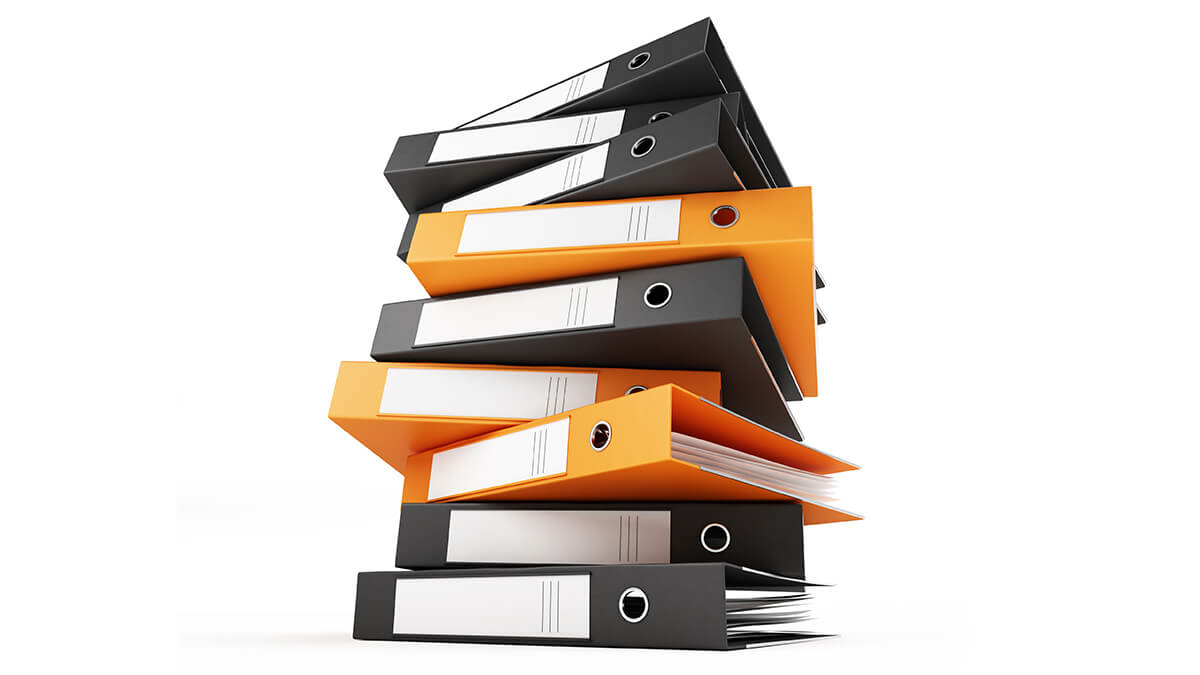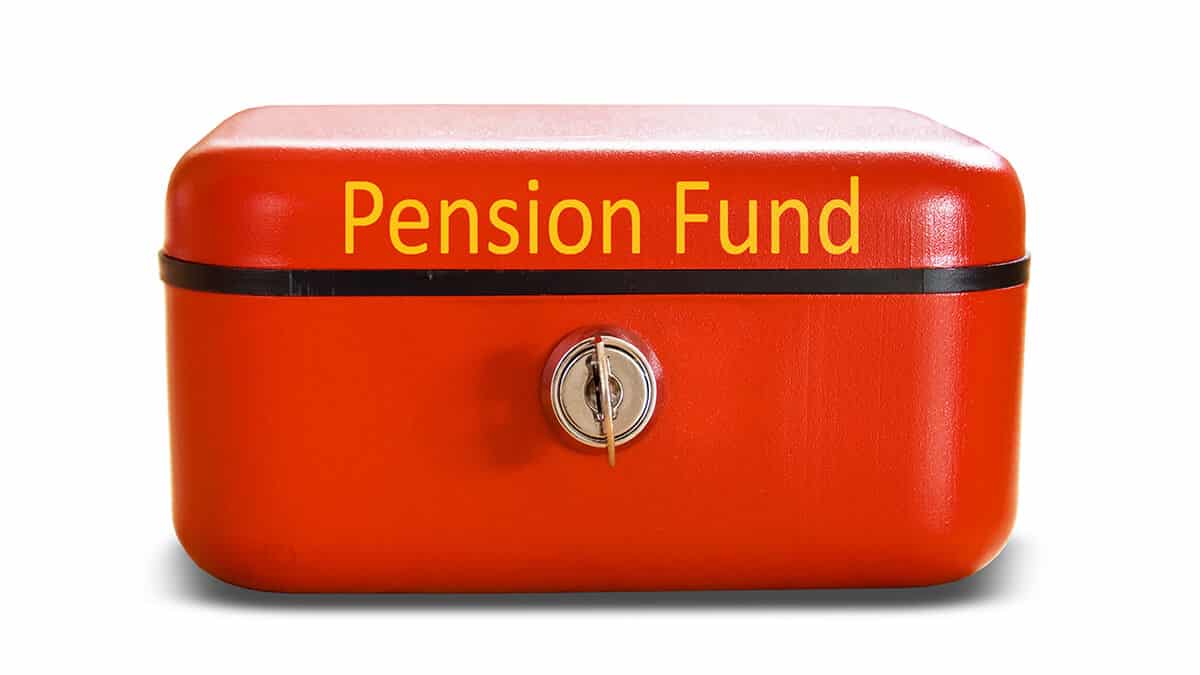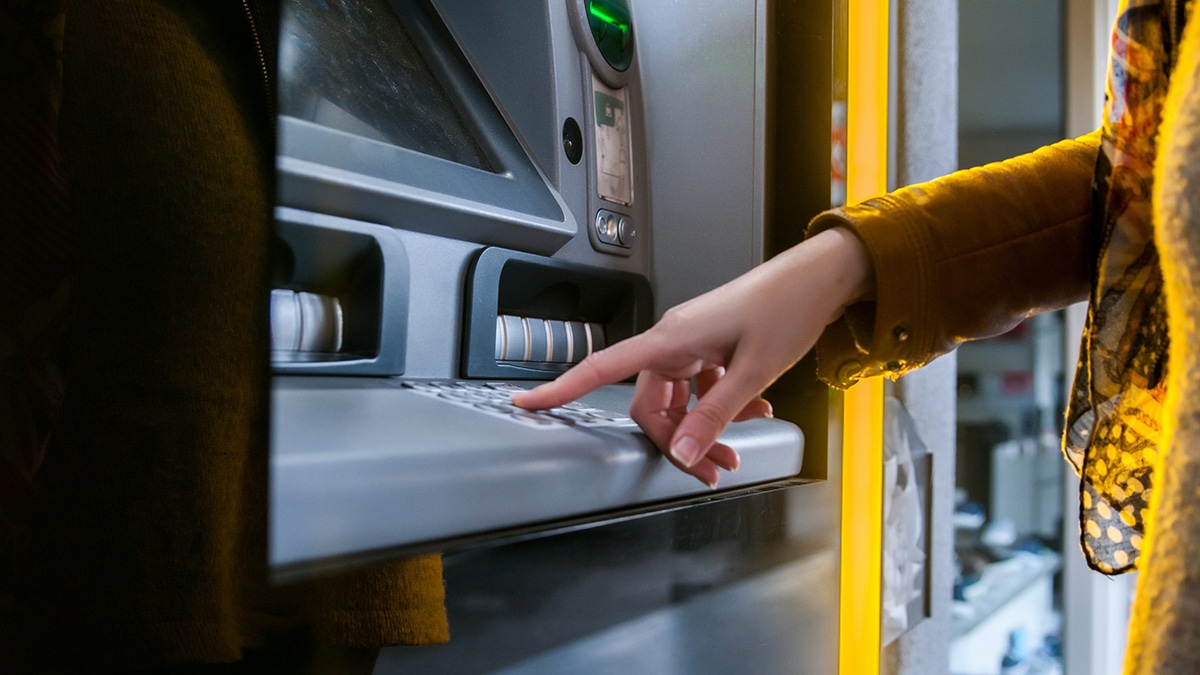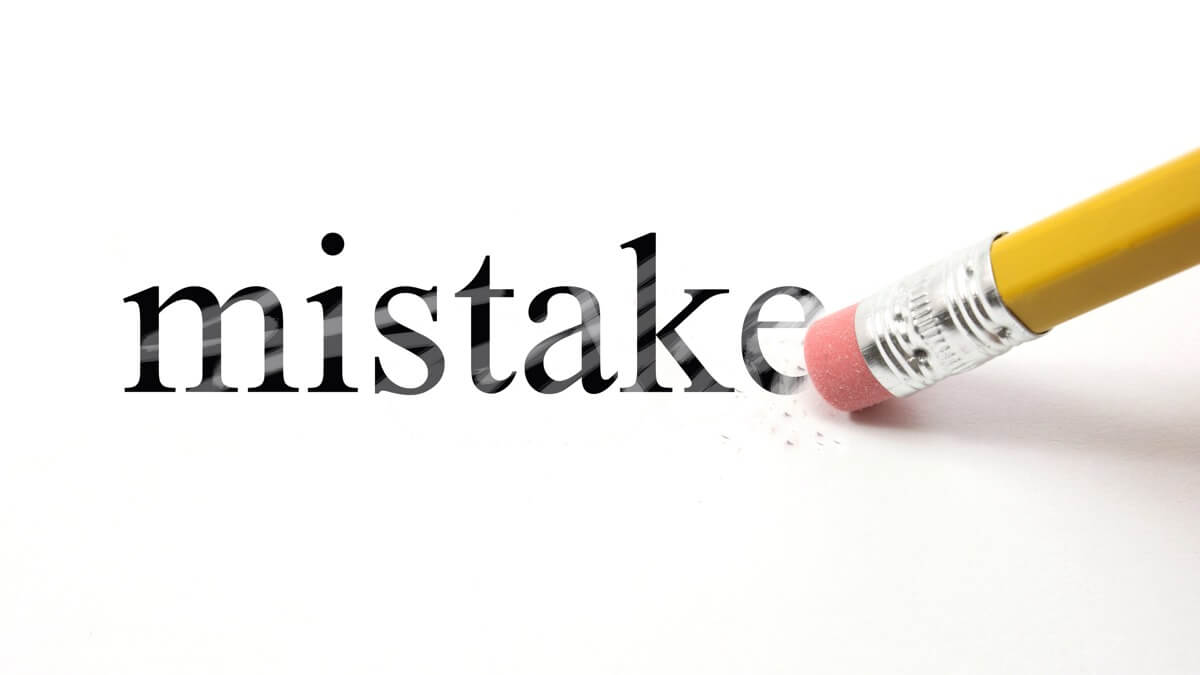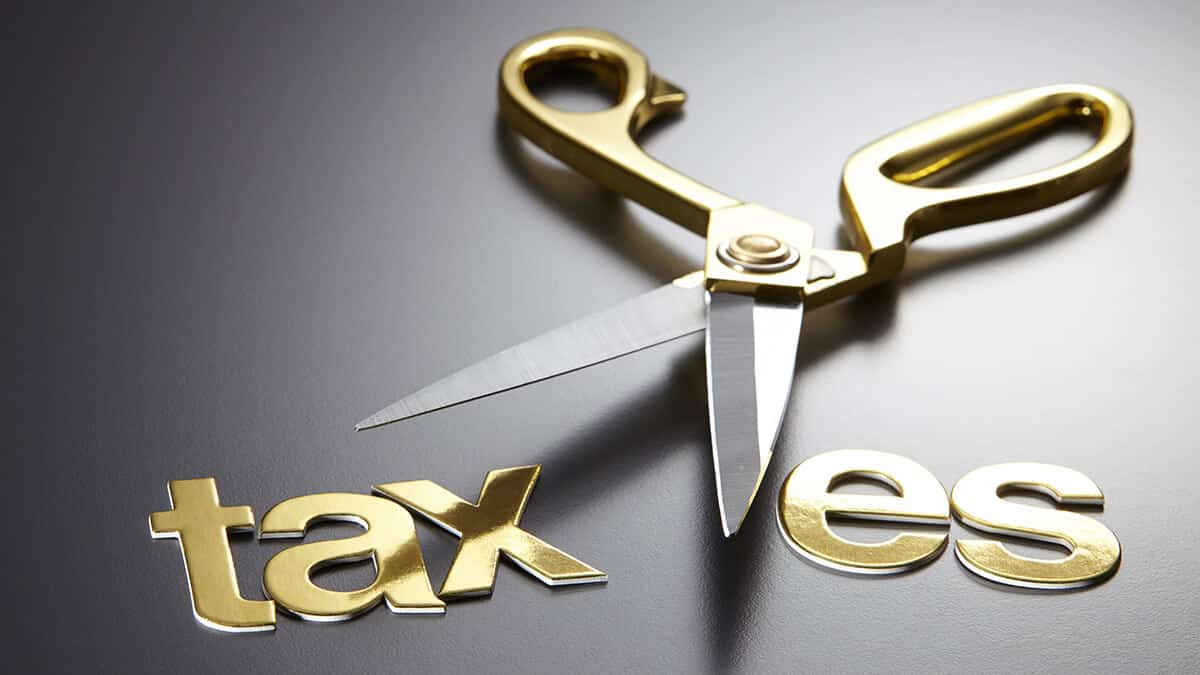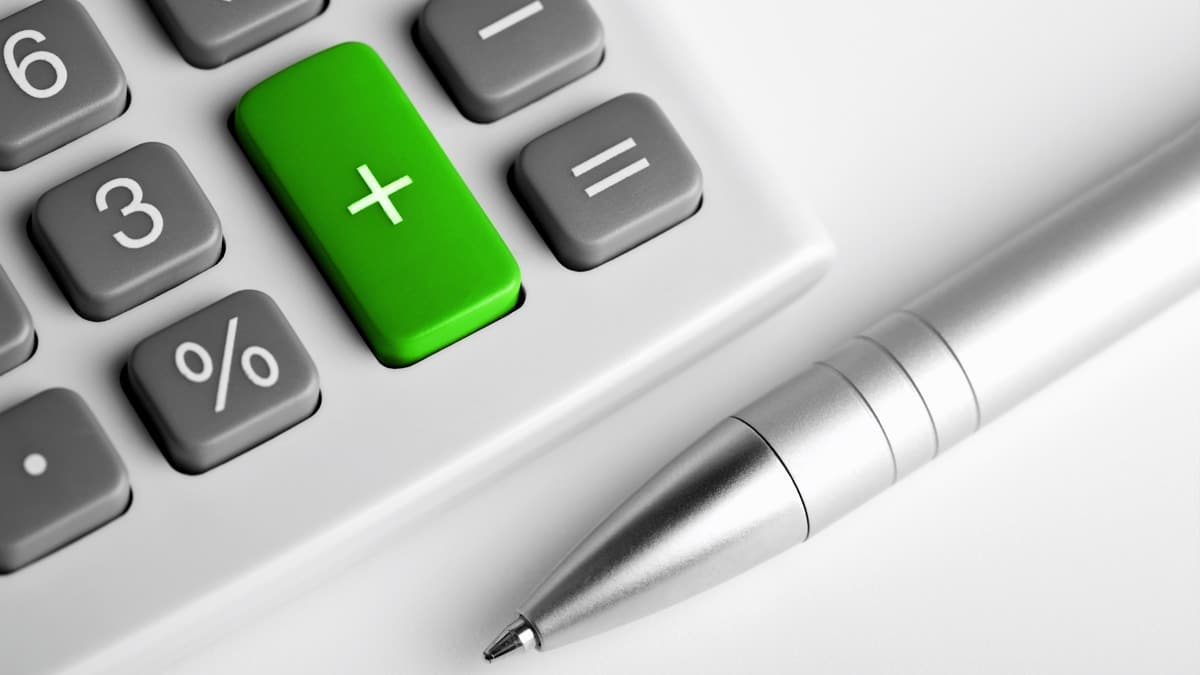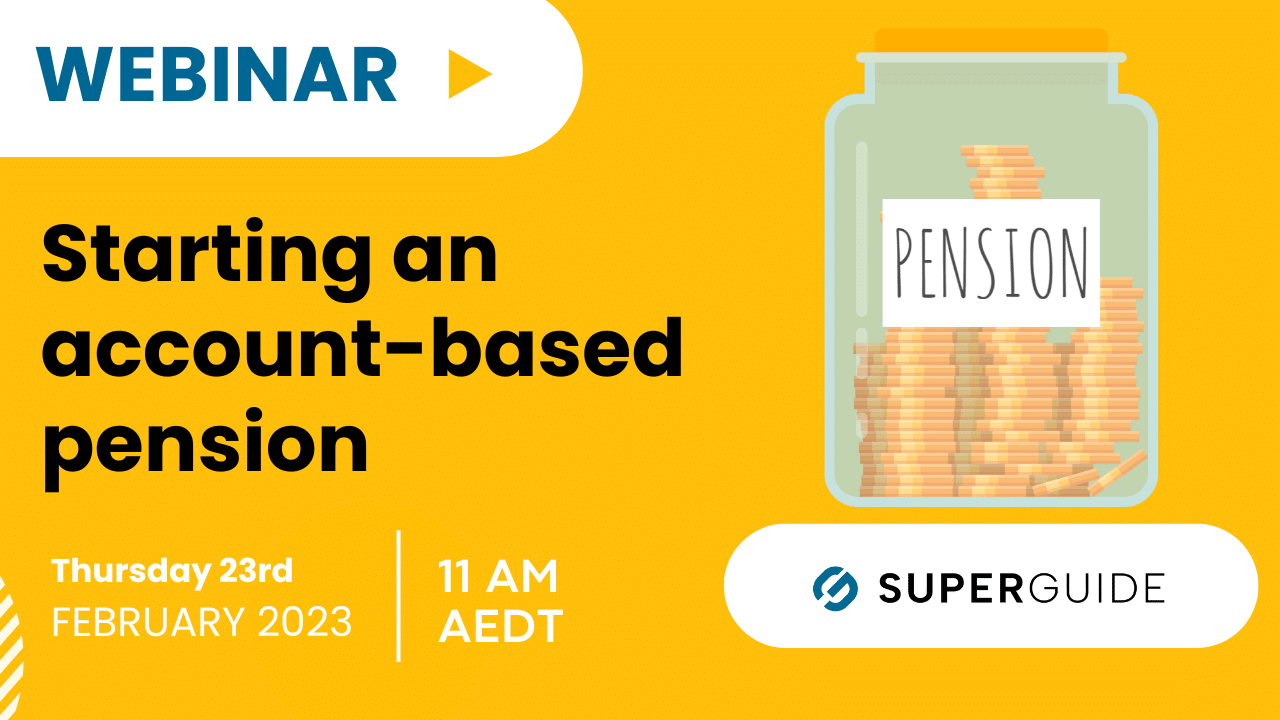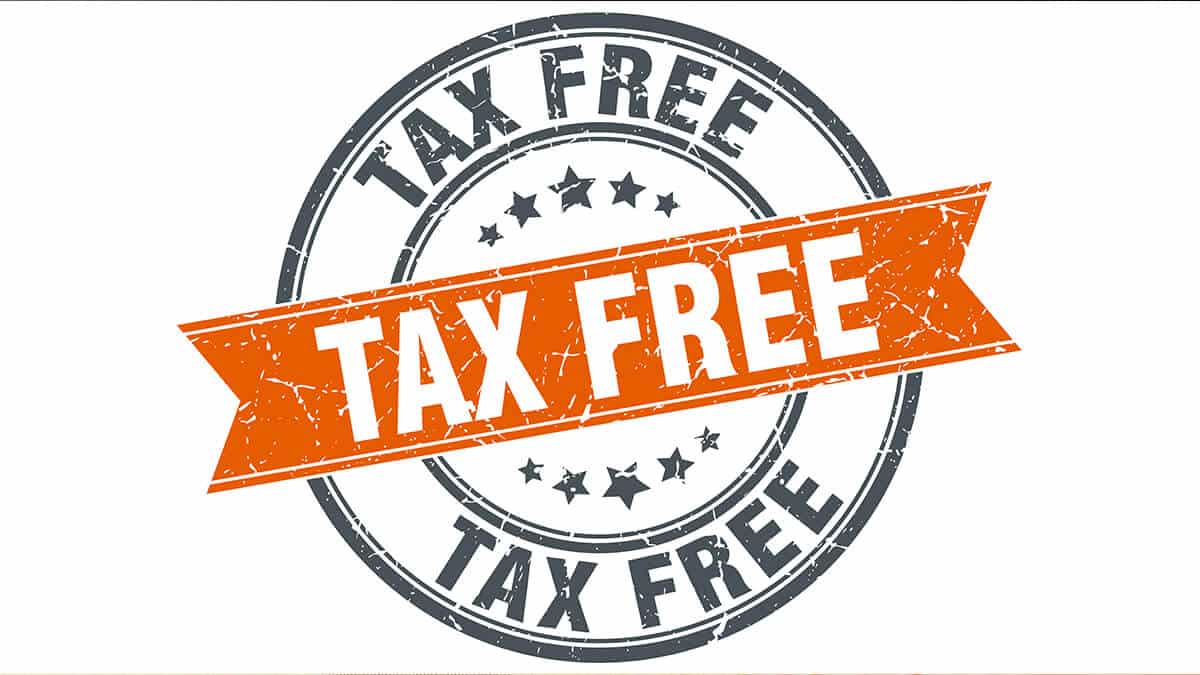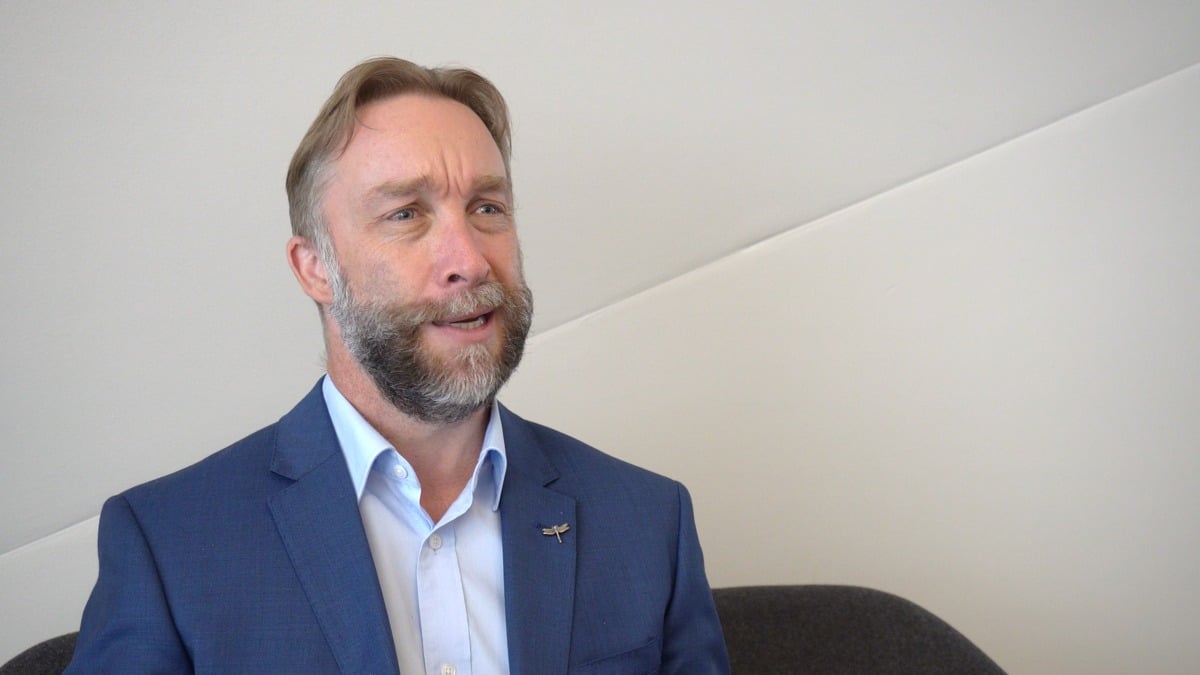In this guide
- 1. Eligibility
- 2. Check your trust deed
- 3. Value the assets
- 4. Understand the transfer balance cap
- 5. Get across event-based reporting
- 6. Understand the minimum pension amount
- 7. Apply to commence a pension
- 8. Minute the commencement
- 9. Commence paying the pension
- 10. Supply the product disclosure statement (PDS) if required
- 11. Obtain an actuarial certificate if required
- The bottom line
If you have an SMSF, one of the benefits when it comes to retirement is flexibility around how your fund can pay you a pension.
Starting a pension from your self-managed superannuation fund is relatively straightforward once you know what to do. There are a few things you absolutely must do but, as an SMSF trustee, you also have more control when it comes to how much and how often you pay the pension.
The following checklist will help you get on top of everything that needs to be done.
You can download and print the checklist if you’d like to check off each task.
Continue reading for an explanation of each item on the list.
1. Eligibility
The first thing you need to do is check your eligibility. You can’t pay yourself a pension if you haven’t reached your superannuation preservation age and/or met a condition of release. While you can start a transition-to-retirement pension from when you reach your preservation age, we will focus on retirement pensions in this checklist.
2. Check your trust deed
Your trust deed must allow you to pay an account-based pension, so you need to check your trust deed and amend it if necessary.
3. Value the assets
The market value of assets supporting the pension must be determined on the commencement date and, for ongoing pensions, on 1 July of the financial year in which the pension is paid.
This valuation is also the amount that will count towards the transfer balance cap (see more below). It should be in line with the ATO’s valuation guidelines and based on objective and supportable data. An independent valuation is only needed if there are collectibles and/or personal use items in the fund.
4. Understand the transfer balance cap
The amount used to start your pension is fixed at its commencement date. You cannot add contributions to the pension balance or transfer an asset from an accumulation account into the pension account once it has commenced. Also, there is a limit of $1.9 million to the combined amount you can use to commence pensions. This is called your transfer balance cap. Your personal transfer balance cap will be lower if you commenced a pension prior to 1 July 2023.
5. Get across event-based reporting
Even though your transfer balance cap is applied every time you commence a pension, you still need to report certain events to the ATO. For example, a death benefit pension reversion, commutations (lump sum withdrawals) and some limited recourse borrowing arrangements (LRBAs).
Since 1 July 2023, all SMSFs are required to report quarterly, even if the members total super balance is less than $1 million. This means you must report the event that affects the members transfer balance within 28 days after the end of the quarter in which the event occurs.
All unreported events that occurred before 30 September 2023 must be reported by 28 October 2023.
6. Understand the minimum pension amount
There is a minimum annual pension amount you need to pay yourself each year as per the table below.
| Age of beneficiary | Percentage factor |
|---|---|
| Under 65 | 4% |
| 65 to 74 | 5% |
| 75 to 79 | 6% |
| 80 to 84 | 7% |
| 85 to 89 | 9% |
| 90 to 94 | 11% |
| 95 or more | 14% |
Source: SIS Act
7. Apply to commence a pension
The member needs to make an application to the trustee to start a pension and whatever else the fund’s trust deed says a member is required to do when commencing a pension.
8. Minute the commencement
Like all major decisions for your fund, the pension commencement will need a trustee meeting and a minute. The member starting the pension needs to say in writing that they wish to start a pension and a pension agreement needs to be drawn up specifying all major details of the pension and how variations can be made.
9. Commence paying the pension
Setting up a direct debit from the fund to the member of at least the minimum pension amount helps ensure the account-based pension will meet its legal requirements and qualify for tax concessions.
10. Supply the product disclosure statement (PDS) if required
A product disclosure statement (PDS) may need to be supplied to the member starting the pension. However, it is not required if the trustee of the SMSF reasonably believes that the member has received or has, and knows they have, access to all the information that the PDS would be required to contain (such as key benefits, features, costs and risks of the product).
“[If a PDS is required] a pension PDS must be provided at the earlier of: (a) the trustee acknowledging receipt of the member’s election to take a pension; or (b) on the trustee making the first pension payment,” says Graeme Colley, SuperConcepts executive manager, SMSF Technical and Private Wealth.
Many trust deed providers have pro forma PDS documents available for clients if one is required.
11. Obtain an actuarial certificate if required
If a fund has both accumulation and retirement assets, then exempt current pension income (ECPI) will need to be calculated. ECPI is that part of the fund’s taxable income that is tax exempt as it relates to the income earned on investments that support the pension.
There are two methods for calculating ECPI – the segregated method and the proportional method. For the segregated method, the assets supporting the pension are known and are separated from the assets in accumulation phase. If the assets are mixed, then the proportional method needs to be used and an actuarial certificate is required to determine the proportion of assets in each stage.
For funds using the proportionate method, an actuarial certificate will be needed upon commencement of the pension and each year to clarify which assets support the pension and which assets are in accumulation phase.
A fund that only has members in retirement phase does not need an actuarial certificate. But, if at least one fund member has a total super balance of at least $1.6 million in all super funds they belong to on 30 June in the previous financial year then the fund is considered to have disregarded small fund assets and must use the proportional method. Where no member has a total super balance of $1.6 million or more and a pension is being paid the trustee can choose whether to use the segregated or proportional method.
The bottom line
Starting a pension is an important step for your SMSF; something that you want to make sure you get right. It may be worth considering professional advice, at least at the beginning, but it’s crucial that you start thinking about it well before you expect to retire and have a plan in place.




